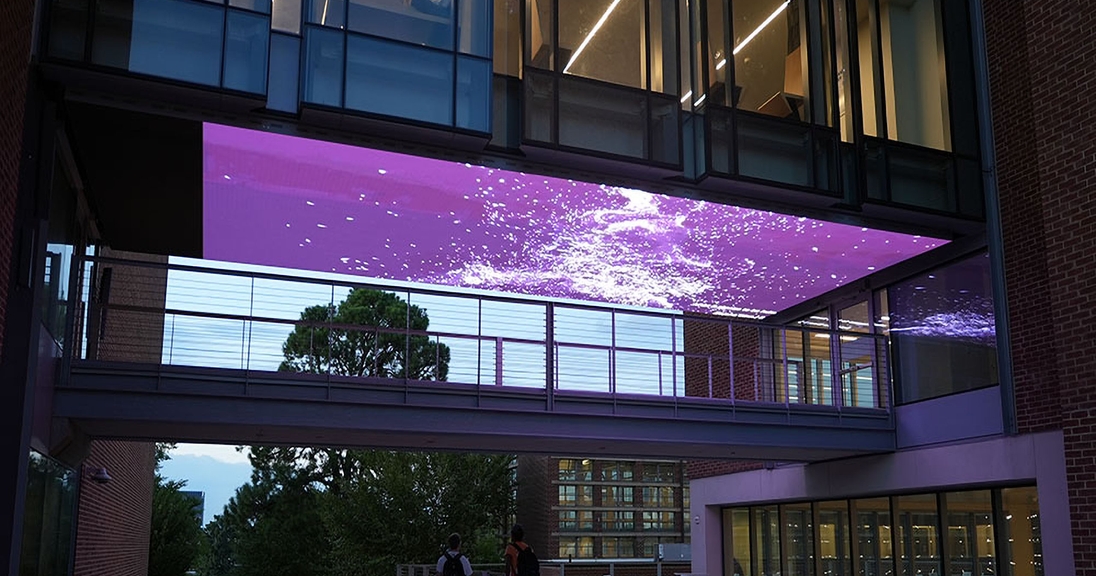Digital signage has been growing in popularity over the last decade and is experiencing steady growth with no immediate signs of slowing. Applications for digital signage have expanded beyond traditional marketing with the advancement of technological innovations and bring increased opportunities for brands to engage with their audiences to improve customer experience and retention, provide a cost effective and flexible way to update messaging, create new revenue streams for businesses, and modernize communications for brands.
Digital signage evolution
We have come a long way since the 1990s when retail stores used paper flyers, posters and standees to advertise content to draw new customers. While vinyl billboards are still used as semi-permanent solutions, the use of digital signage has evolved – from retail, hospitality, and sports venues to the transportation industry, corporate buildings and government. Although static signs still serve a purpose, digital displays have changed our world and have shifted from simple signage messaging to customized displays for any landscape or purpose you can imagine.
Corporate America has adopted digital signage as a way to improve productivity and culture and designers and architects are starting to consider digital displays as building material to be incorporated into a final structure. Creative types are looking to digital display formats to create digital works of art for museums, airports, and more.
Digital signage is often used for inside and outdoor usage, as technology has advanced so a display can be as bright and clear outside in the daytime as it can be at night. There are many reasons for the growth in this market and the benefits are tangible.
Elevate Brand Messaging
Digital signage helps showcase your products and services in a more impactful, modern, and dynamic way that offers many levels of advertising opportunities.
Eye-catching LED displays attract attention and cut through the noise to deliver key messaging, maximizing brand recall, and provide an emotional connection with audiences, improving their overall experience with your brand.
Flexibility and Cost.
As mentioned above, static billboards are still a popular way to advertise however, changing a company’s business message is a much more cumbersome process with these billboards than with digital signage. Direct View LED signage can be updated remotely at a moment’s notice. There is no delay in updating your message and the medium allows for more freedom and creativity. Having the ability to monitor your signage remotely and make changes in real time cut down on costs and there is no printing or installation for a creative change, which ultimately results in greater ROI for your digital display.
Community Awareness
Local Governments have also taken advantage of the benefits of digital signage. More than just local advertising, these displays also help modernize communities to make them better, safer places for residents. For example, utilizing digital signage in key Government locations can raise awareness for community issues such as delivering amber alerts, social services, and local updates. Emergency warnings like storms and safety tips during inclement weather can also be used to elevate awareness of these situations. In addition, digital displays can help promote city tourism through engaging content and vivid displays.
In summary, when evaluating the different types of signage solutions, digital signage helps to engage your customers, save you money, create efficiencies, and improve community awareness.

